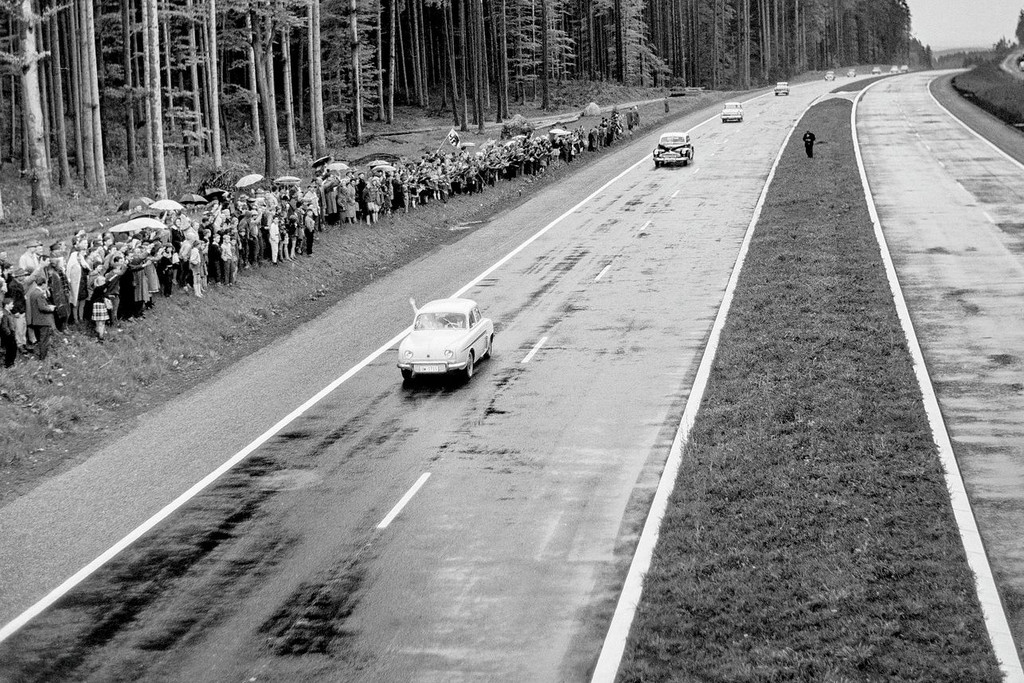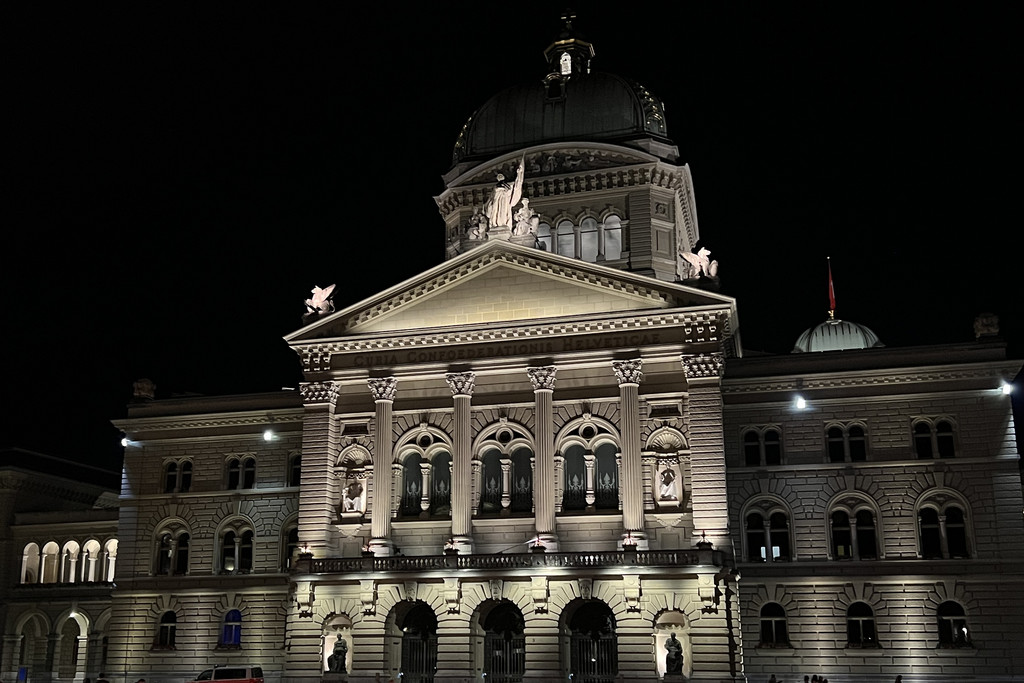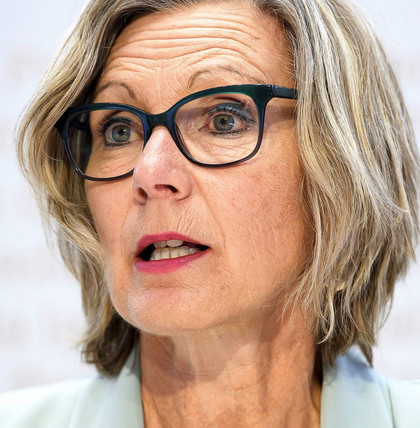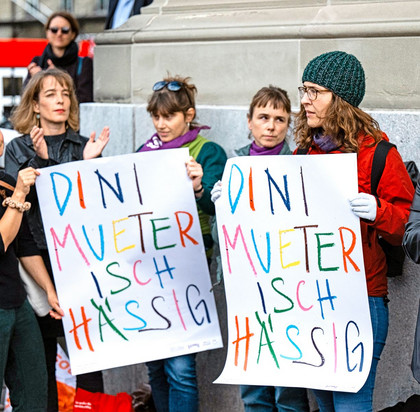However, the second pillar suffers from similar issues to the first one: long life expectancies have made it more challenging to finance pensions, and this problem has been exacerbated by low interest rates. The yields from pension funds are too low to be able to convert policyholders’ retirement assets into pensions that will remain at current levels over the long term. An additional and complex long-term debate is when – and indeed whether – a ‘revision for women’ needs to take place at all.
The allegation that the larger number of women in parliament since the 2019 elections have achieved nothing is dismissed by the co-chairs of Alliance F. They cite the example of the women’s session organised in autumn of 2021, which brought two dozen petitions before parliament. Furthermore, women argued that additional issues should be discussed in parliament, such as individual taxation, the financing of childcare, a review of the law on sexual offences, marriage equality including access to reproductive medicine and the financing of a programme to prevent domestic violence. The key bills are already in progress, Maya Graf says in the “Aargauer Zeitung”. This also includes reform of the OPA.
Retirement age for women
The retirement age for women was the focal point for debate in this reform of the old age and survivors’ pension (OASI), and not for the first time. In 1948, when the OASI was introduced, the retirement age was 65 for both men and women. The fact that parliament unilaterally reduced women’s pension age to 63 in 1957 and then to 62 in 1964 appears an expression of antiquated values today. Women are more prone to illness and their strength fails sooner – the arguments put forward by men in those days. The “Tages Anzeiger” called it a “patriarchal show of strength”, designed to ensure that women would be back to looking after the home a couple of years before their husbands’ retirement. Whatever the situation, the retirement age for women was progressively increased in 2001 and then in 2005, to 63 and then 64. Three additional attempts at securing equality were voted down or defeated in parliament. After the fourth attempt on 25 September 2022, the age has now returned to 65 for both genders.
The three pillars of old-age pensions
The maximum OASI pension is currently CHF 2,390 per person per month, and the minimum pension in most cases is CHF 1,195. These OASI pensions alone are not enough to live on in Switzerland. Two further pillars are required. In addition to the State OASI pension and supplementary benefits (1st pillar), an occupational pension from the pension fund was created in 1985 (2nd pillar). Finally, legally regulated private pensions (3rd pillar) have existed since 1987. The aim of this 3-pillar system is to ensure people will be able to maintain their accustomed standard of living when they retire.














Comments